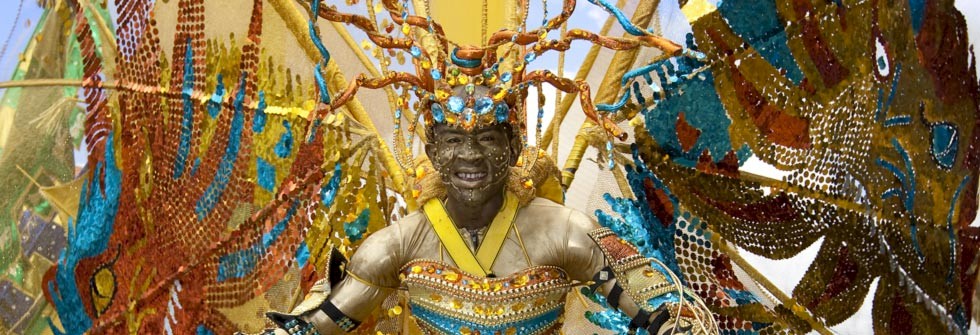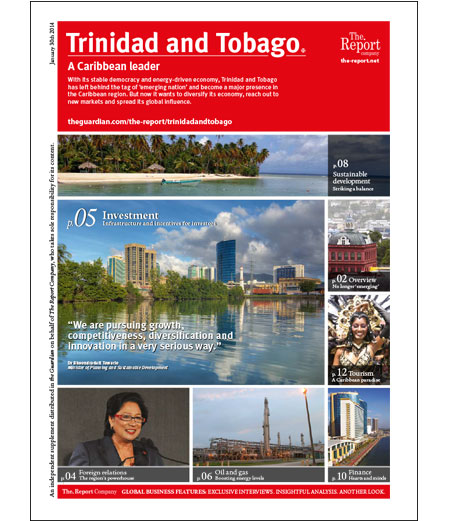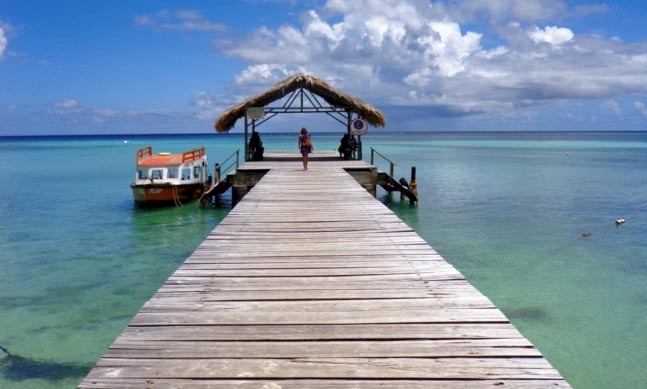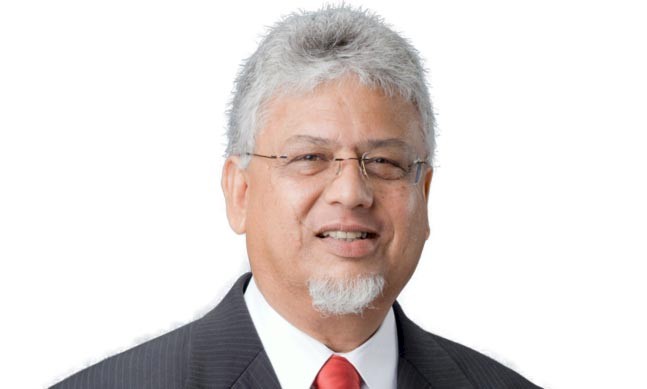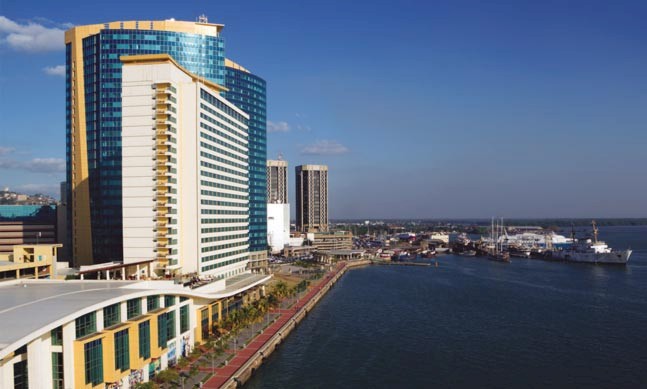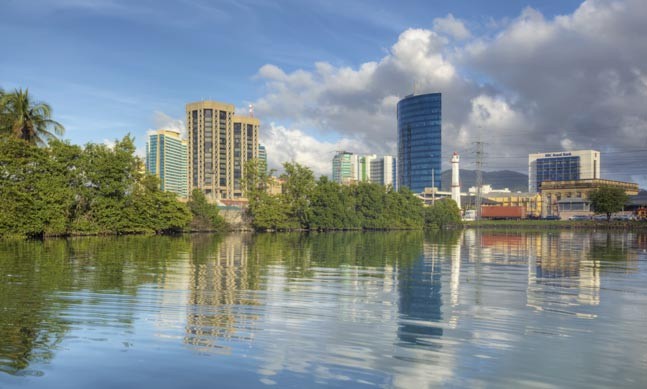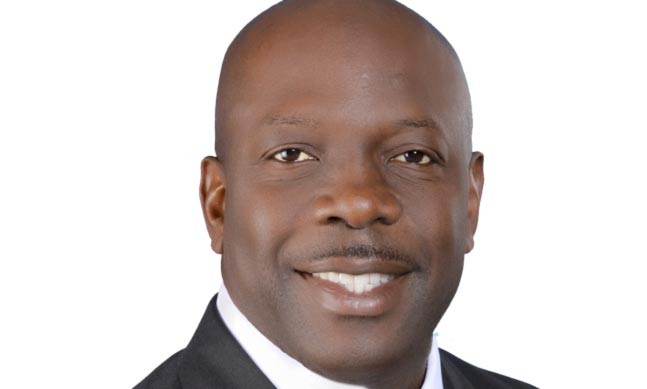Known for its flamboyant carnival, Trinidad and Tobago is bringing together its melting pot of diverse ethnic mixes into a recognisable cultural identity.
Over the past 50 years since Trinidad and Tobago’s independence from the United Kingdom, this twin-island nation has become known as a major energy economy in the heart of the Caribbean. However in recent years the government has made steps to carve out a cultural niche for the country, showcasing its unique traditions which have been moulded by its diverse ethnic mix.
Over five centuries, Trinidad and Tobago has taken in waves of Indians, Africans, Arabs, Chinese, Latin Americans and Europeans, in addition to its indigenous tribes, that together have given it a unique cultural and ethnic diversity. The challenge has been bringing together these diverse influences to create a singular ‘Trinbagonian’ identity.
“We try to find a formula that allows everyone to express themselves and represent Trinidad and Tobago,” explains Dr Lincoln Douglas, Trinidad and Tobago’s minister of arts and multiculturalism. “That happens through religion, through music, dance, theatre, film, and other art forms. Those are our cultural manifestations that come out of our way of life which has been forged through all kinds of struggle and the experiences of those who came here.”
“The Trinidad and Tobago carnival has spawned numerous carnivals all over the world but we have not been able to capture the meaning of that and the resulting financial benefit.”
Dr Lincoln Douglas Minister of Arts and Multiculturalism
Tweet ThisDr Douglas’ ministry is overseeing the development and export of a particular Trinbagonian identity and cultural expression which has the nation’s famous carnival as its foremost manifestation.
While the nation’s carnival has spawned numerous similar events across the world, famously including London’s Notting Hill Carnival, Trinidad and Tobago has reaped little financial benefit from the export of its showcase event.
“Carnival is our iconic artistic experience because it captures so much of what we do,” emphasises Dr Douglas. “We understand that our culture is the most significant asset that we have and it’s limitless unlike oil which is finite. Culture is a sellable commodity.”
The establishment of the National Carnival Commission aims to manage and utilise this cultural knowledge and experience, grouping the twin island’s 250 registered steel bands. In addition this year 50 cultural camps were launched covering every area of the nation’s arts and culture.
“The main goal I’m working towards is leaving a series of institutions that could work towards professionalising our arts, artistes and our cultural products,” summarises Dr Douglas. “I would like to see our carnival become an institution for tourism, industry and the harmonising of societies.”
53: The number of community carnivals that take place across the two islands of Trinidad and Tobago,
besides the main national carnival in Port of Spain, showcasing the nation’s musical heritage.


